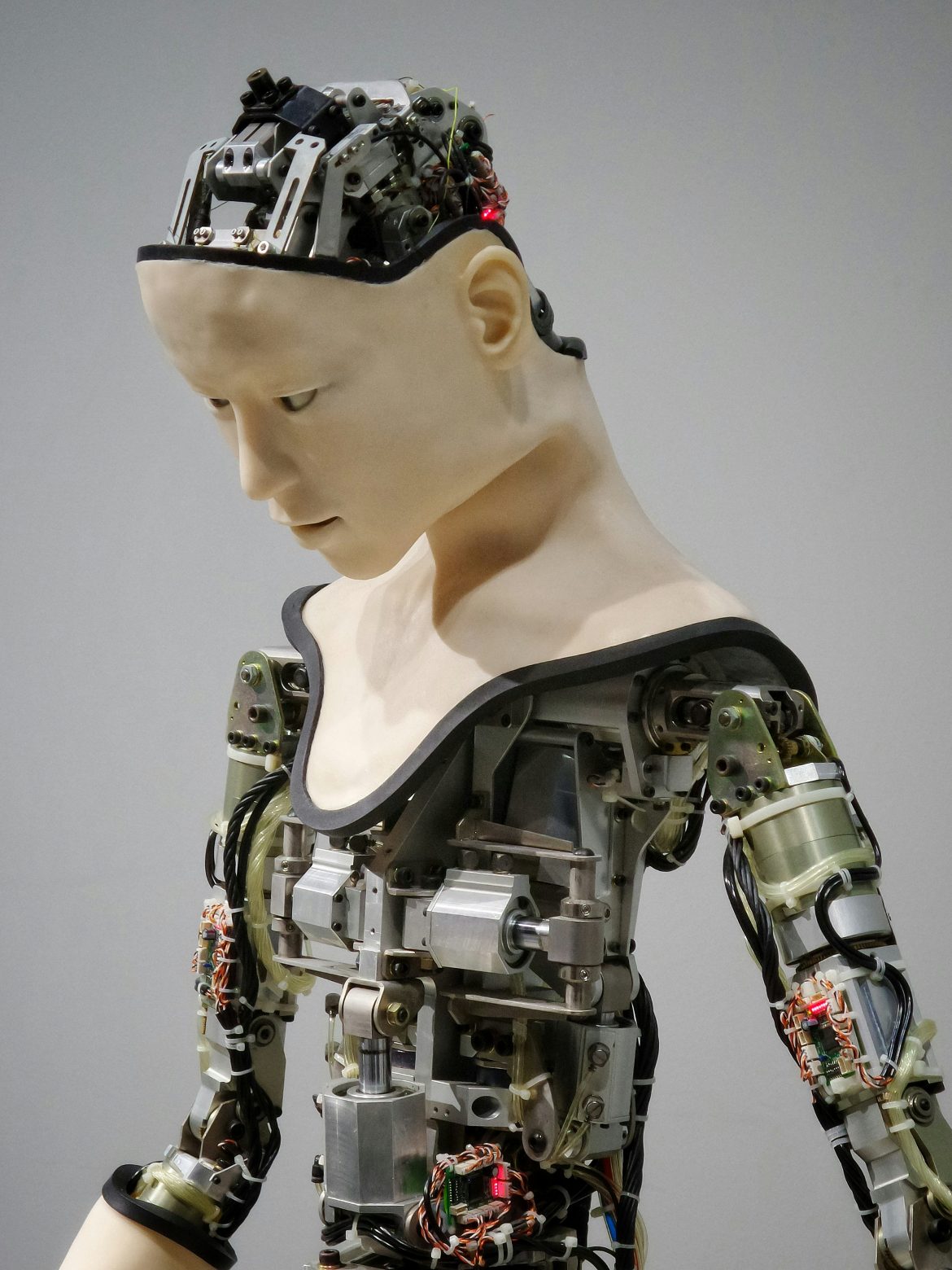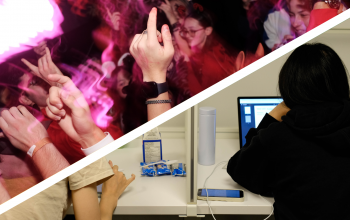Photo Credit: Possessed Photography, Upsplash
Unveiling the answer through history
Elizabeth Xu, Contributor
Historical context sheds light on the transformative potential of artificial intelligence (AI) in shaping economic landscapes. Since the advent of ChatGPT, a generative pre-trained language model, there has been much discussion about the potential of this new technology to enhance human productivity exponentially or even replace workers entirely. The undeniable impact of powerful artificial intelligence technologies like ChatGPT raises the question of how exactly they will transform economies.
ChatGPT fits perfectly into the definition of a typical general-purpose technology — an innovation with the widespread ability to enhance productivity across various industries and occupations, much like steam engines, electricity, and computing. According to a 1995 paper by Timothy Bresnahan from Stanford University, general-purpose technologies are characterized by their wide-ranging application in numerous industries and their potential to foster improvement and innovation. With ChatGPT constantly advancing through research and finding extensive use in personal and business settings, it undeniably embodies a model of general-purpose technology.
By examining the history of similar general-purpose technologies, we can gain insights into when the economic revolution driven by artificial intelligence may begin. Firstly, the experiences with previous general-purpose technologies teach us that even the most powerful innovations require time to reshape an entire economy. For instance, the revolutionary steam engine patented by James Watt in 1769 did not find widespread usage in Britain until the 1850s, almost a century after Watt’s patent. It took another decade for the steam engine to become prevalent in America. A similar scenario unfolded with silicon integrated circuits, which were not widely employed until the mid-1990s, three decades after their introduction — a time when Nobel Prize-winning economist Robert Solow and many others still believed they merely contributed to productivity statistics.
The gap between innovation and economic impact can be attributed to the need for fine-tuning these new general-purpose technologies. Early steam engines were inefficient and expensive, consuming significant amounts of coal before they became market-ready and catalyzed the industrial revolution. The recent advancements in the performance and capabilities of artificial intelligence are already the result of years of refinement, starting with the emergence of Siri a decade ago, which sparked enthusiasm in the field of AI.
Capital constraints can also impede the rapid deployment of new general-purpose technologies. Historian Robert Allen of New York University Abu Dhabi highlights how the slow growth in productivity during industrialization reflected a lack of capital to construct plants and machinery. It was only when capitalists gradually reinvested in machines that the sluggish productivity growth was overcome. A similar outlook may apply to artificial intelligence, where time is required to accumulate capital for the effective utilization of technology in transforming economies. Experts like Erik Brynjolfsson of Stanford University and Chad Syverson of the University of Chicago suggest that this outlook for general-purpose technologies often follows a J-curve pattern, where productivity may initially decline as firms redirect time and resources toward research, leading to a surge in productivity later on.
History also provides insights into concerns over unemployment and the impact of AI on workers. The good news is that fears of mass technological unemployment resulting from previous technological breakthroughs have not materialised. However, they have had the potential to disrupt individual occupations and cause social upheaval. For example, the industrial revolution increased the demand for unskilled labour while dramatically reducing the demand and earnings of craftsmen. Similarly, automation in the 1980s and 1990s displaced workers with moderate skills but simultaneously created employment opportunities for high-skilled and low-skilled workers.
Nevertheless, numerous unanswered questions about the future of AI remain, which even history cannot fully address. One such question is whether lower costs and enhanced productivity will generate substantial demand. During the late 20th century, when automation transformed factory floors, decreased costs and improved productivity, it led to a surge in demand for Ford products. If AI can generate a similar demand in the future, its potential for transformative influence on economies will be unquestionable. However, certainty eludes us. AI has the potential to break historic moulds, propelling humanity into unfamiliar territory, particularly with technology capable of performing tasks that were once exclusive to humans. Although concerns about employment persist, history teaches us that sustained economic growth, coupled with various innovations, has been unprecedented. The hope is that AI will resemble previous general-purpose technologies that fostered innovation and broad-based prosperity, rather than chaos.




